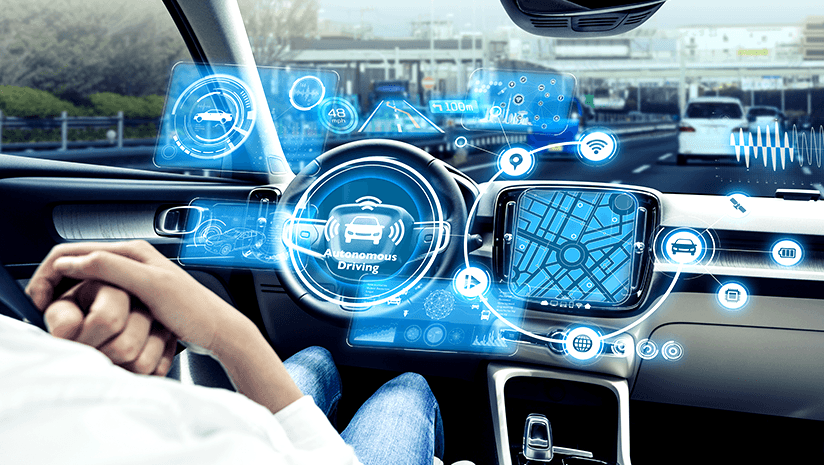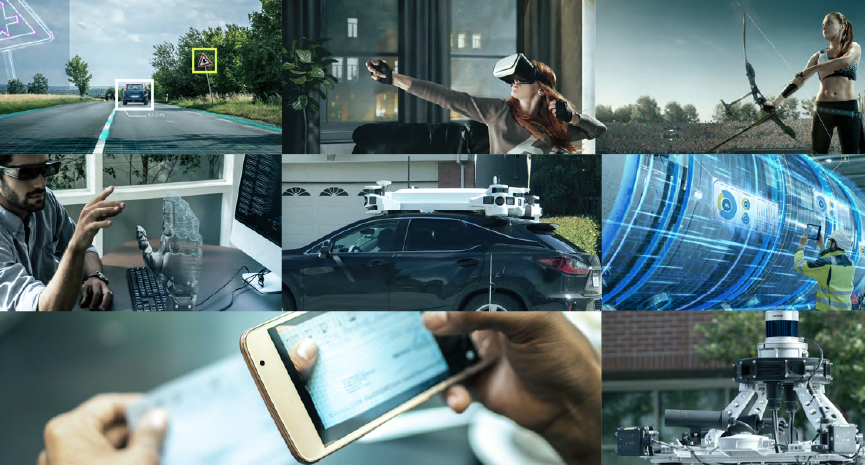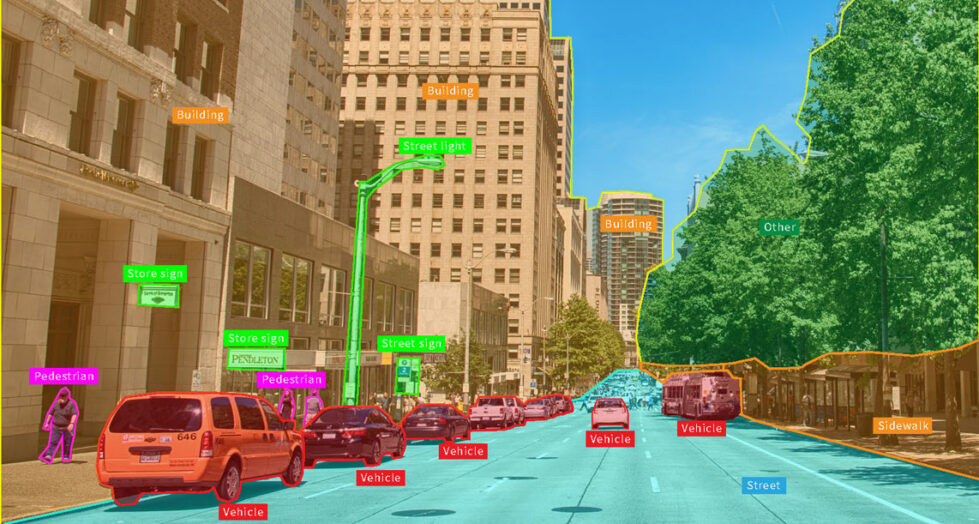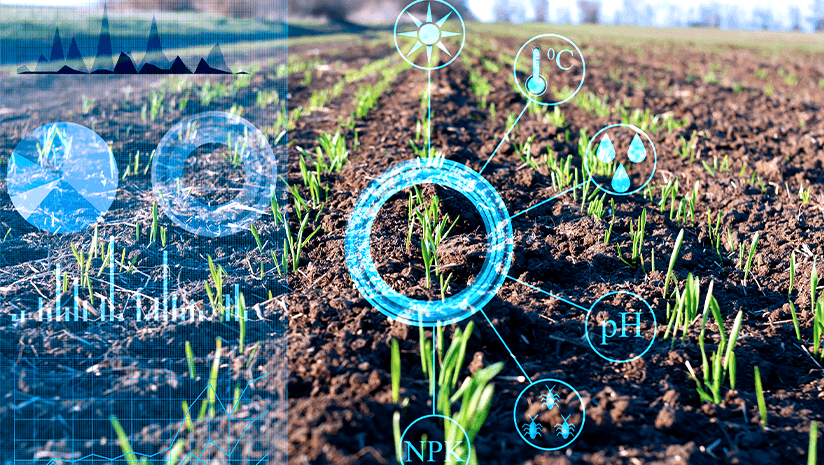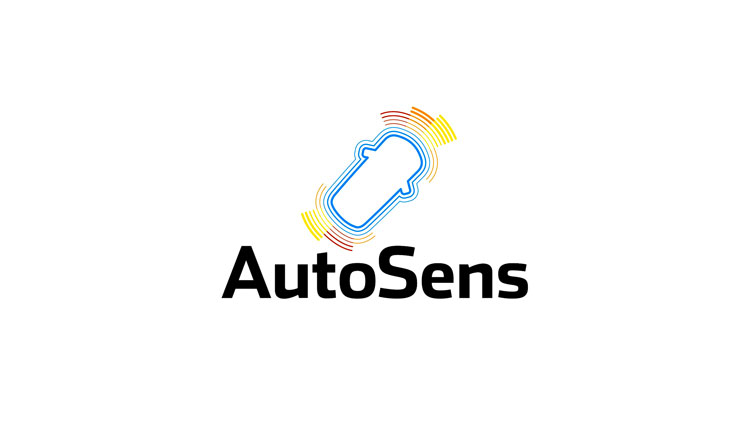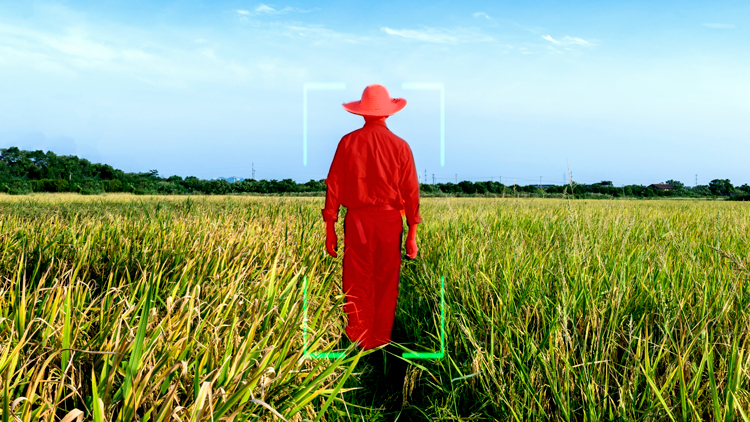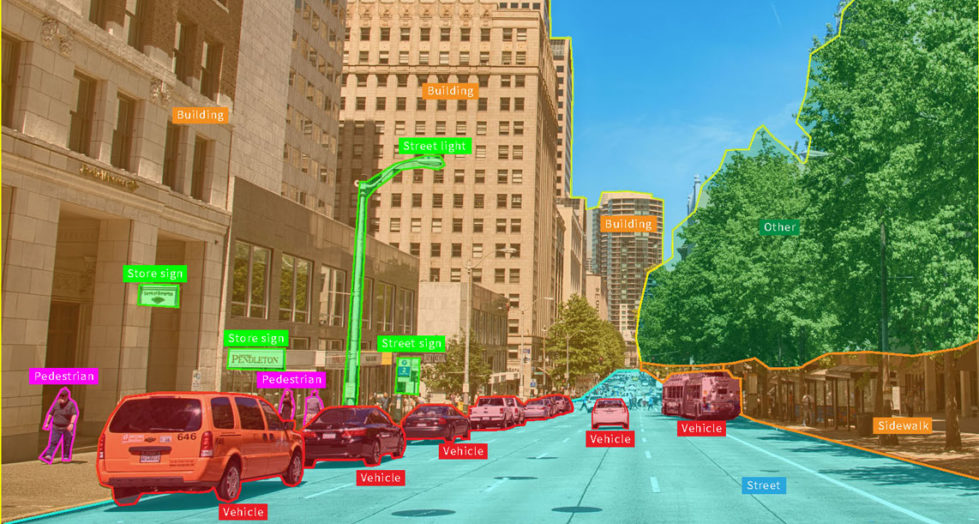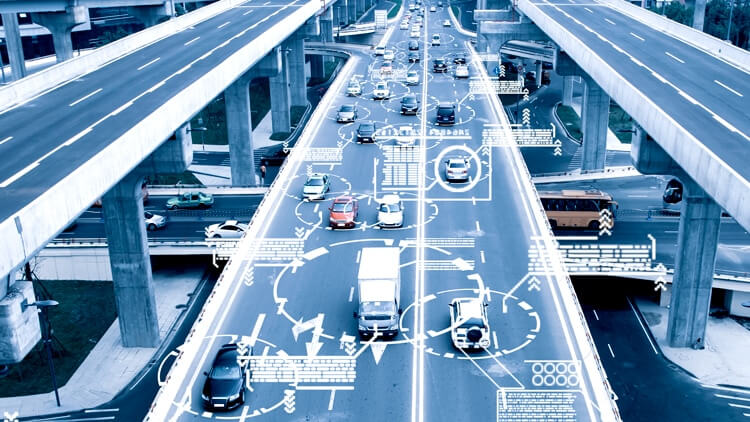Data: Your Key to Successful Autonomous Mobility
Appen is the leader in Data for the AI Lifecycle. This webinar explores use cases and challenges that our mobility clients see from data sourcing, data preparation, and model evaluation. Follow along as our experts discuss and demo the technologies and processes that were used to enable success for both in-cabin experiences and out-of-car data with ADAS systems and autonomous vehicles. Wilson …
